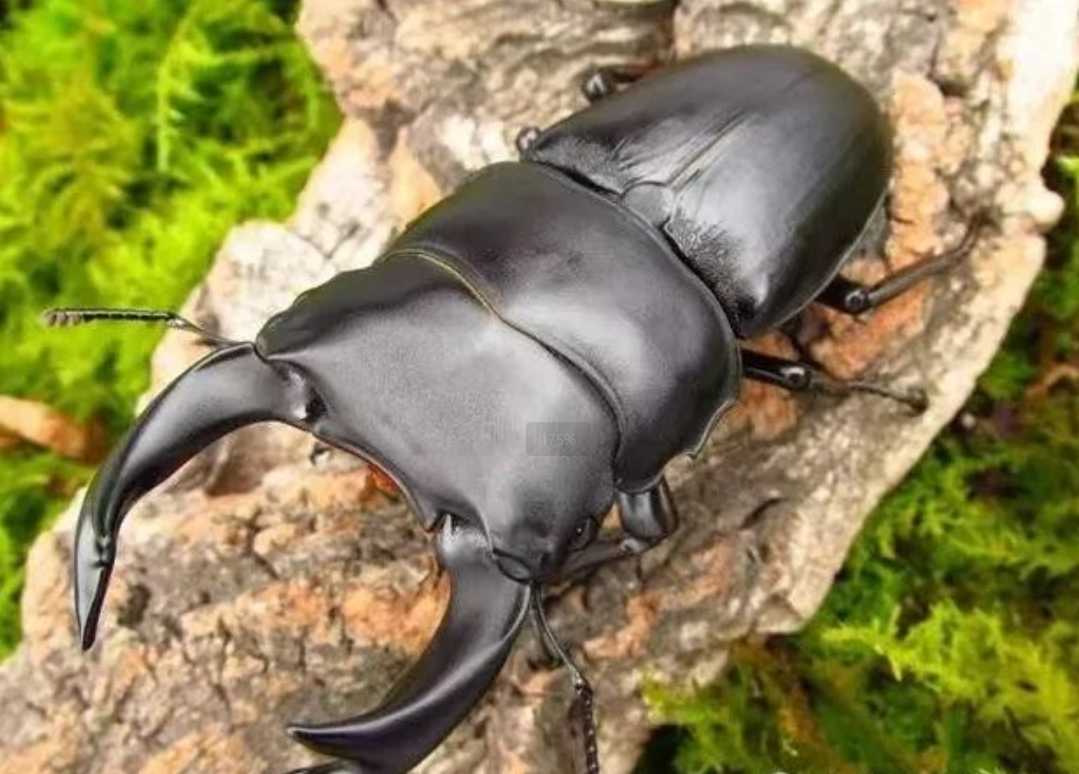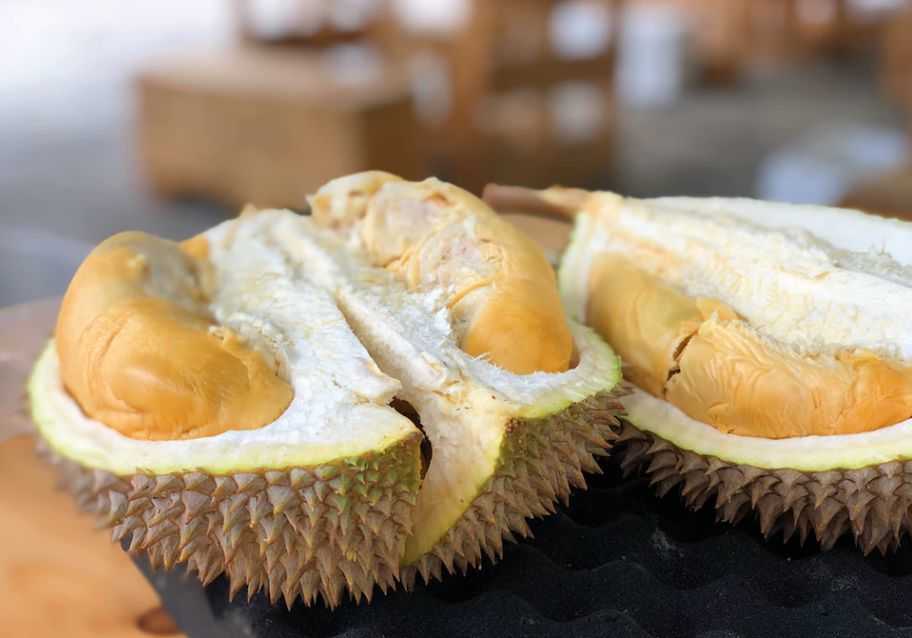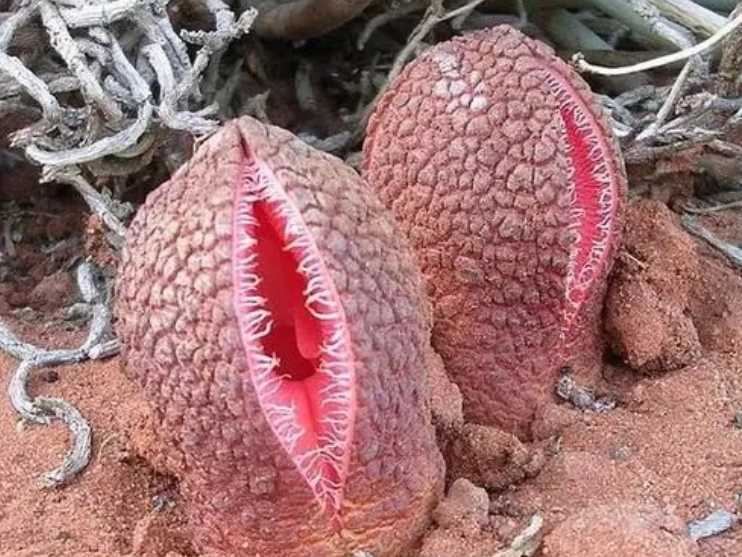The Stag Beetle (Lucanidae): Nature's Antlered Warriors and Silent Engineers
Stag beetles, members of the family Lucanidae, are iconic insects celebrated for their dramatic sexual dimorphism—nowhere more evident than in the antler-like mandibles of males, which can exceed body length in some species. With around 1,200 known species globally—50 of which are endemic to Taiwan—these beetles blend martial prowess with ecological utility, thriving in forest ecosystems where their larvae feed on decaying wood.

Source: Images from the Internet, if there is any infringement, please contact the removal of
Morphology: Beauty vs. Brawn
Male stag beetles wield mandibles shaped like elk antlers, adapted for ritualized combat over mates rather than practical feeding. These appendages, while imposing, are surprisingly fragile—used primarily to lift rivals rather than inflict damage, earning them the reputation of "all show, no bite." Females, by contrast, possess shorter, robust mandibles with far stronger bite forces, capable of piercing tree bark to access sap or excavate oviposition sites. This functional disparity highlights nature’s strategy: males invest in display structures, while females prioritize survival and reproduction.
Male stag beetles wield mandibles shaped like elk antlers, adapted for ritualized combat over mates rather than practical feeding. These appendages, while imposing, are surprisingly fragile—used primarily to lift rivals rather than inflict damage, earning them the reputation of "all show, no bite." Females, by contrast, possess shorter, robust mandibles with far stronger bite forces, capable of piercing tree bark to access sap or excavate oviposition sites. This functional disparity highlights nature’s strategy: males invest in display structures, while females prioritize survival and reproduction.
Life Cycle: Decomposers of the Forest Floor
Larvae, often called "white grubs," spend 1–3 years buried in rotting wood, breaking down cellulose and contributing to nutrient cycling. Their creamy white bodies and curved form are adapted for navigating decaying logs, where they feed on fungi and detritus. Upon pupation, adults emerge with hardened exoskeletons in hues of black, brown, or iridescent green. Though adults have reduced mouthparts and survive mainly on nectar or tree sap, their brief lives are dedicated to mating—males attracting females through pheromones and territorial displays.
Larvae, often called "white grubs," spend 1–3 years buried in rotting wood, breaking down cellulose and contributing to nutrient cycling. Their creamy white bodies and curved form are adapted for navigating decaying logs, where they feed on fungi and detritus. Upon pupation, adults emerge with hardened exoskeletons in hues of black, brown, or iridescent green. Though adults have reduced mouthparts and survive mainly on nectar or tree sap, their brief lives are dedicated to mating—males attracting females through pheromones and territorial displays.
Cultural Significance and Conservation
In many cultures, stag beetles symbolize strength and perseverance, appearing in folklore and even as pets in some Asian countries, where enthusiasts breed them for size and color. However, habitat loss from deforestation and urbanization threatens many species, particularly in regions like Taiwan, where endemic lucanids face shrinking forest habitats. Conservation efforts focus on preserving deadwood habitats and raising awareness about their role as forest recyclers. For all their imposing appearance, stag beetles serve as gentle reminders of nature’s balance—where flamboyant displays and quiet ecological work coexist in the intricate web of life.
In many cultures, stag beetles symbolize strength and perseverance, appearing in folklore and even as pets in some Asian countries, where enthusiasts breed them for size and color. However, habitat loss from deforestation and urbanization threatens many species, particularly in regions like Taiwan, where endemic lucanids face shrinking forest habitats. Conservation efforts focus on preserving deadwood habitats and raising awareness about their role as forest recyclers. For all their imposing appearance, stag beetles serve as gentle reminders of nature’s balance—where flamboyant displays and quiet ecological work coexist in the intricate web of life.
-------- END --------






